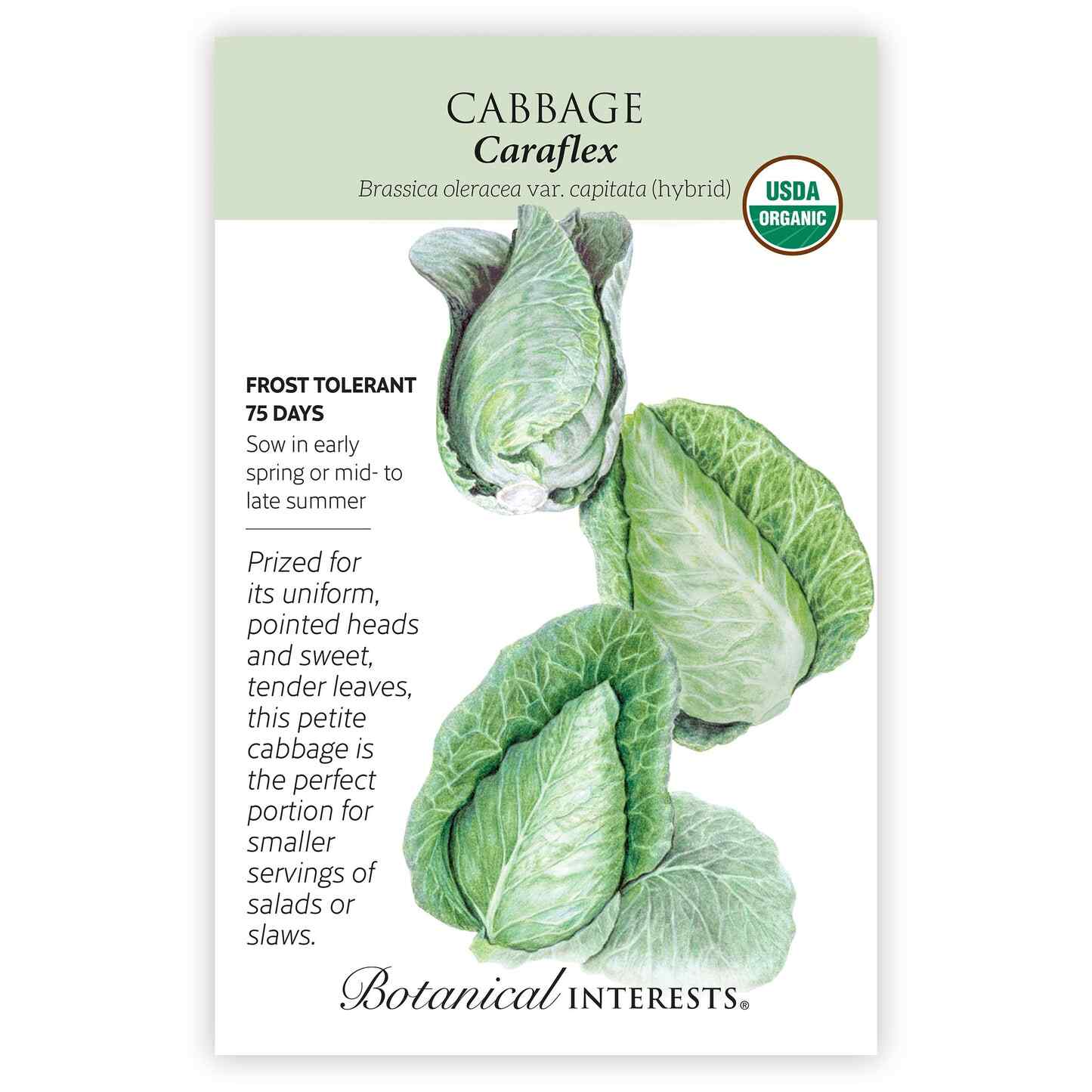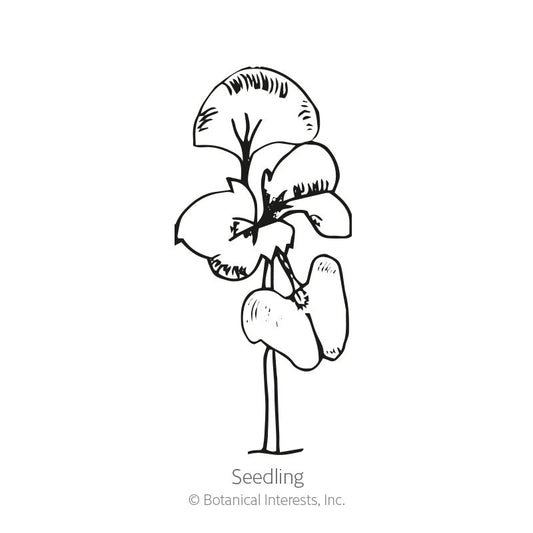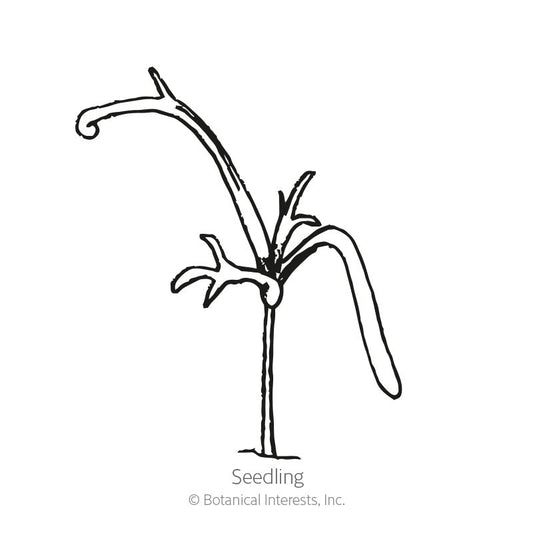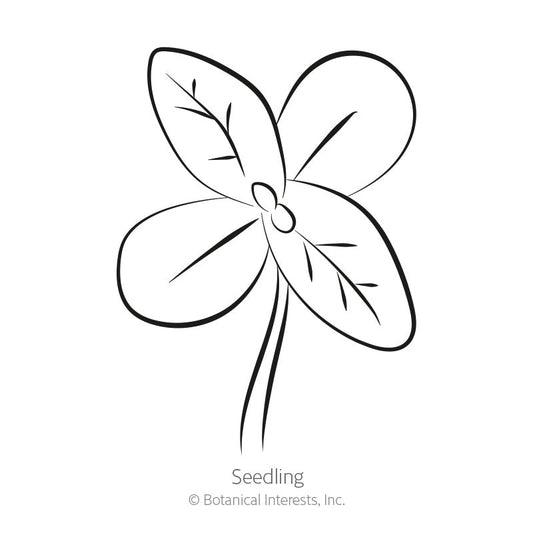


- Variety Info
- Sowing Info
- Growing Info
- Learn More
Variety Info
Days to Maturity: 75 days
Family: Brassicaceae (formerly Cruciferae) Mustard or Cabbage family, includes alyssum, iberis, watercress, broccoli, turnip, Brussels sprouts, cauliflower, and kohlrabi.
Native: Europe
Hardiness: Frost-tolerant biennial, grown as an annual
Exposure: Full sun to part shade
Plant Dimensions: 9" tall, 4 ½" wide. 1 ½ – 2 pounds at maturity.
Variety Info: Small, light green, cone-shaped heads with thin leaves.
Attributes: Frost Tolerant

Sowing Info
When to Sow Outside: 4 to 6 weeks before your average last frost date for a summer crop, or 10 to 12 weeks before your average first fall frost date for a fall crop.
When to Start Inside: RECOMMENDED. 6 to 8 weeks before your average last frost date, transplanting 2 to 4 weeks before your average last frost date. For fall crop, 4 to 6 weeks before transplanting outdoors in summer. Ideal soil temperature for germination is 75°–85°F. Mild Climates: Sow in fall for a cool-season harvest.
Days to Emerge: 7 – 12 days
Seed Depth: ¼"
Seed Spacing: A group of 2 – 3 seeds every 12" – 24"
Row Spacing: 24" – 36"
Thinning: When 3" tall, thin to 1 every 12" – 24"
Your hardiness zone is
Growing Info
Harvesting: Harvest heads when they are well developed, firm, and solid when squeezed. Cut off heads at base with a sharp knife. Cabbages left in the ground beyond maturity are more subject to disease and splitting. Harvest in the morning if possible. If harvested in the heat, dunk in ice water to reduce "field heat" and increase storage time. Allow to drain before storing.
Special Care: When transplanting seedlings from indoors, bury stem up to lowest leaves. Protect with row covers or caps in early spring if temperatures drop below 30°F. (Napa: 50°F) Add row covers at transplant to exclude common pests like cabbage moths. Row covers may remain until harvest. Mulch around plants to keep soil cool and moist. If cabbage loopers are a problem, spray with Bacillus thuringiensis (an organic bacteria that kills caterpillars). Rotate Brassica crops so they are grown in the same area only once in three years to prevent the buildup of diseases in the soil.










